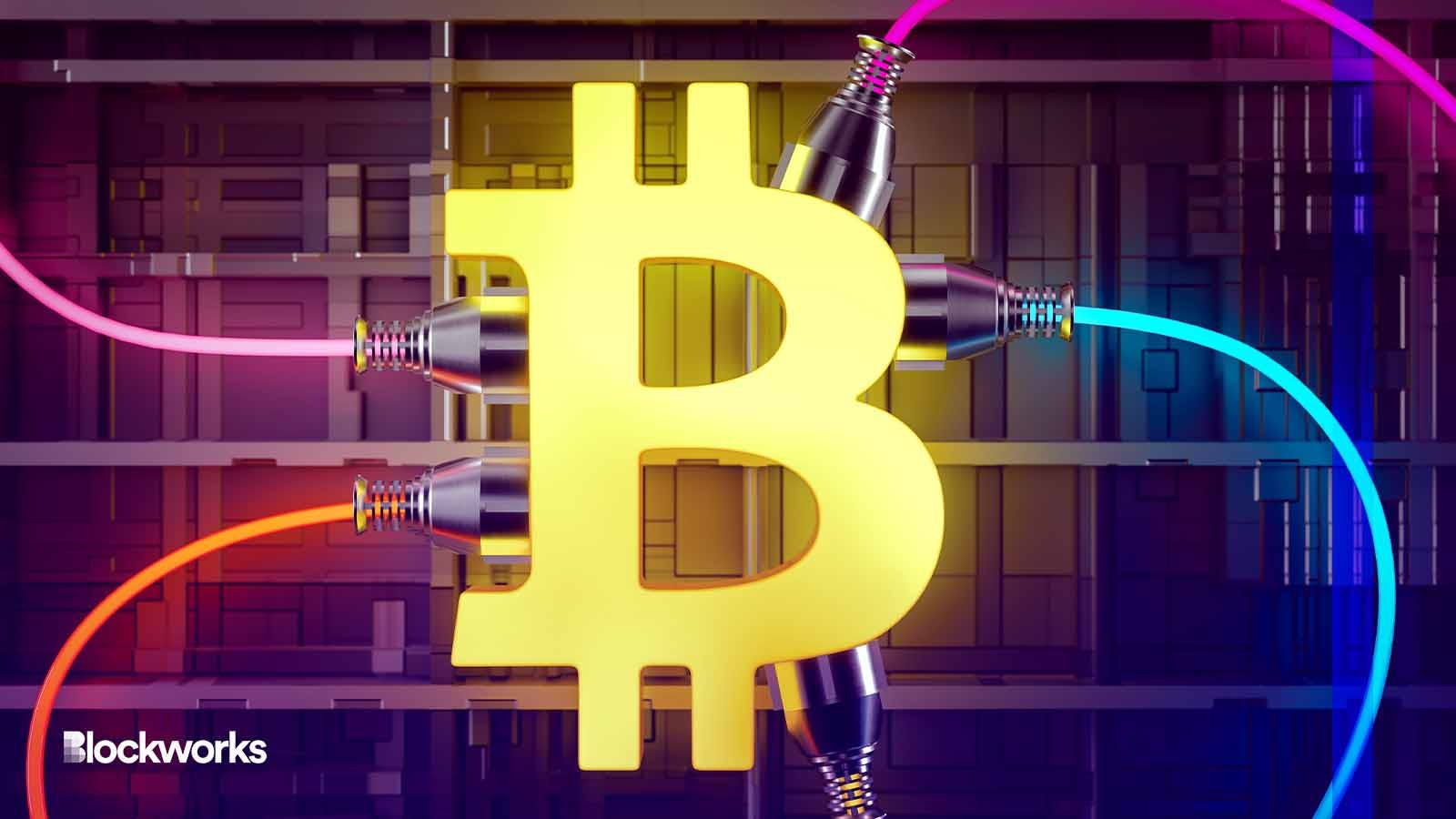Riot racks up over $31M in energy credits due to Texas heat wave
Riot Platforms continues to take advantage of a brutal Texas summer that often features temperatures of over 100 degrees Fahrenheit

Elisabeth Coelfen/Shutterstock modified by Blockworks
A number of bitcoin miners recently released their August reports, with Riot Platforms displaying adaptability in the face of the monthslong Texas heat wave.
Riot Platforms maintained a steady hash rate deployment of 10.7 exahashes per second (EH/s) month over month. The company secured $31.7 million in power and demand response credits from the Electric Reliability Council of Texas (ERCOT).
That represents more than a 300% increase from July when Riot received about $7.8 million in credits. And at bitcoin’s current price, August’s energy credit haul equates to about 1,232 BTC — way more than the 333 bitcoin Riot mined the old fashioned way.
Effectively, Riot sustained more cash flow in August by shutting down its operations to ensure Texas citizens had uninterrupted electricity than actually mining bitcoin. In fact, Riot mined 19% fewer bitcoin when compared with July 2023.
This phenomenon of bitcoin miners taking advantage of the benefits of curtailing mining began as early as 2020, but the competition around executing this strategy has ramped up this year.
In July, Riot curtailed its power usage by more than 90% at times of peak electricity demand. The company upped that to over 95% in August.
Riot CEO Jason Les touted his company’s power strategy as something that will put it in a “leading position” when the bitcoin halving arrives in April 2024.
“The effects of these credits significantly lower Riot’s cost to mine Bitcoin and are a key element in making Riot one of the lowest cost producers of Bitcoin in the industry. Riot’s power strategy is a key competitive advantage,” Les said in a statement.
Read more: Texas heatwave raises power costs for Argo Blockchain amid debt repayment
Like Riot, Marathon Digital mined fewer bitcoin in August. The monthly total was 1,072 BTC, a 9% decrease from July’s 1,176 BTC, according to a company statement.
“The decrease in bitcoin production from July was largely due to increased curtailment activity in Texas due to record high temperatures. These temporary shutdowns more than offset the progress we have made to increase our operational hash rate and optimize our operations,” Marathon CEO Fred Thiel explained in a statement.
Marathon did in fact boost its operating hash rate by 2% to a total of 19.1 EH/s, while the installed hash rate grew 1% to 23.1 EH/s. Plus, Marathon’s upcoming site in Garden City, Texas is set to be energized imminently, according to the company.
When asked about possible proceeds from curtailed activity during the heatwave, Marathon told Blockworks that it doesn’t sit directly on the grid at its largest site in Texas, which operates behind the meter at a wind farm in McCamey.
“While we participate in curtailment programs to support the grid, power demand response credits are not a material part of our revenues,” Marathon vice president of corporate communications Charlie Schumacher said.
But not all miners traded gains in mined bitcoin for power credits or for precious time to upgrade and install hardware.
CleanSpark, which notably doesn’t have a location in Texas, actually mined more in August – 659 BTC – when compared with July’s total of 575 BTC.
The Nevada-headquartered miner is coming off the heels of a rosy earnings release in early August, where it saw a 47% jump in revenue year over year.
This month, CleanSpark reached 9.3 EH/s, largely thanks to its 50 megawatt (MW) site in Washington, Georgia.
That site, which features over 15,000 mining machines, “saw its first full month at maximum operational hashrate, delivering some of our highest daily production ever,” CleanSpark CEO Zach Bradford said.
Bradford added that despite the very hot weather, which can definitely stress CleanSpark’s mining locations in Georgia, the company was able to maintain “substantially high levels of uptime.”
Get the news in your inbox. Explore Blockworks newsletters:
- The Breakdown: Decoding crypto and the markets. Daily.
- 0xResearch: Alpha in your inbox. Think like an analyst.






